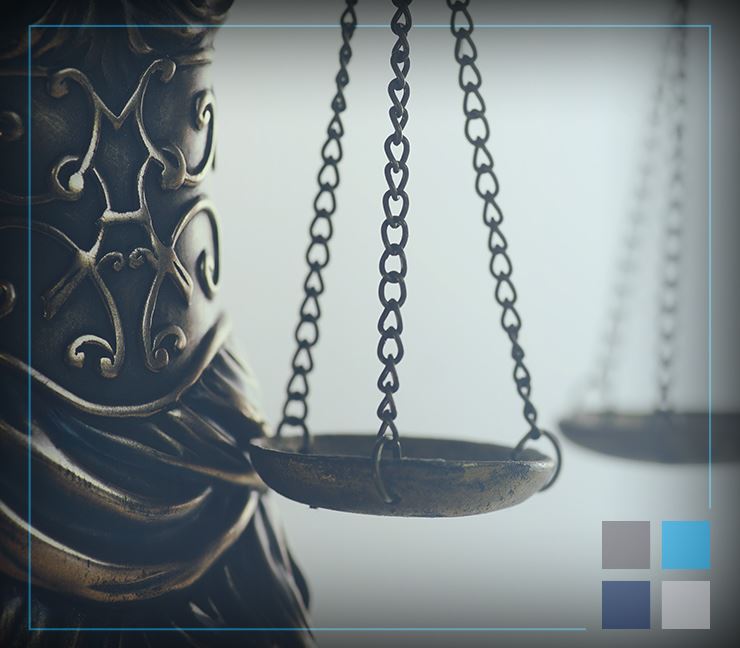
Have You Funded Your Revocable Trust?
Estate planning typically involves the creation of a revocable trust into which the grantor or trustor transfers his or her real and personal property. The revocable trust then provides for the administration and management of the transferred property and, following the death of the grantor, its disposition to the trust beneficiaries – all without the expensive and time-consuming administration of the probate court. The bugaboo for many successor trustees is that the grantor may not have taken all the steps necessary to fund the trust with his or her assets; however, a recent court decision may provide some relief.
In Ukkestad v. RBS Asset Finance, Inc. (Cal. App. 4th Dist. Mar. 16, 2015), the California Court of Appeal faced a situation in which the grantor owned two parcels of real property but failed to record deeds transferring the parcels into his revocable trust. Further, the grantor had only made reference to "all of his real and personal property" being transferred to the trust. Prior law provided that real property may be made part of a trust's assets without a separate deed if two requirements are met (Probate Code §850; Estate of Heggstad (1993) 16 Cal.App.4th 943). First, the owner of the real property must be the grantor of the trust with himself or herself as the trustee. Second, the conveyance of the property must be in compliance with the statute of frauds. In Heggstad, the court had approved a transfer of real property pursuant to a written declaration of trust by the owner of the real property that had identified the subject property by its address on a schedule attached to the declaration.
The Court in Ukkestad then analyzed case law to determine when a description of real property is specific enough to meet the statute of frauds. The Court concluded that "a description fulfills the test of reasonable certainty if it furnishes the 'means or key' by which the description may be made certain and identified with its location on the ground" (italics in original). The Court then noted that the grantor, in his declaration of trust, had referred to "all of his real and personal property, including…real property…, wherever situated" (italics in original). This language provided the sufficient 'means or key' by which extrinsic evidence could be used to define the property to be included in the trust. Reference was then made to publicly available real estate records to determine the grantor's real estate holdings, specifically the two parcels of real estate identified by the successor trustee.
Certainly, best practices for estate planning is to have real property transferred to the revocable trust by separate deed. However, it is good to know that, if a declaration of trust includes full transfer language as that quoted in Ukkestad, there is a back-up plan to address the human failings of many a grantor who fail to fully fund his or her trust.

-
Extensive Business KnowledgeRegardless of the complexity of your case, you can trust that your legal matters will be in competent hands when you turn to Poole Shaffery.
-
Proven Track RecordOur team of accomplished business attorneys has consistently delivered positive outcomes for our clients, resolving complex business matters with skill and expertise.
-
Experience and ReputationPoole Shaffery boasts a team of Santa Clarita business attorneys with strong reputations among judges and fellow lawyers, including AV Preeminent® rated professionals and Super Lawyers® honorees.
